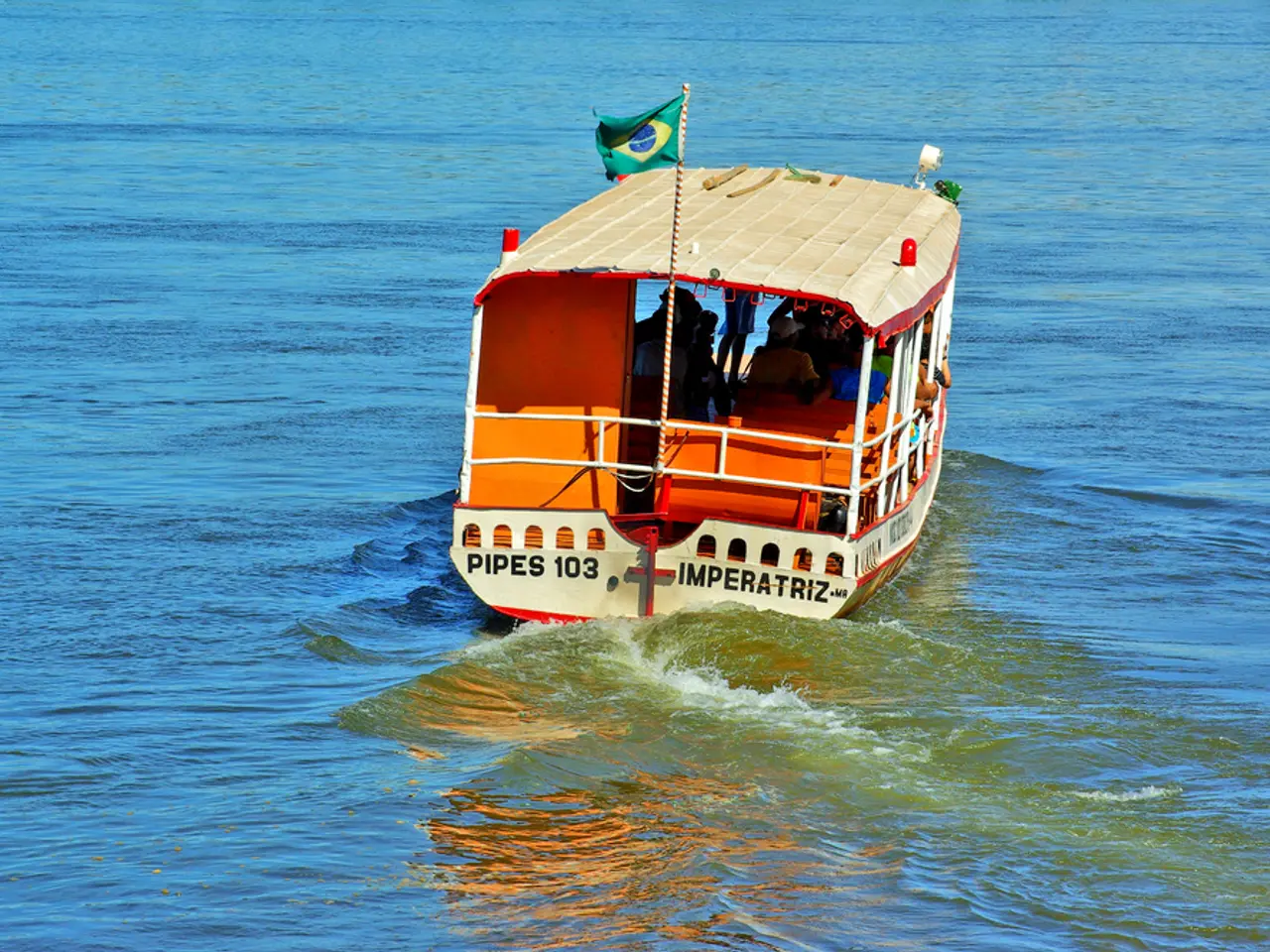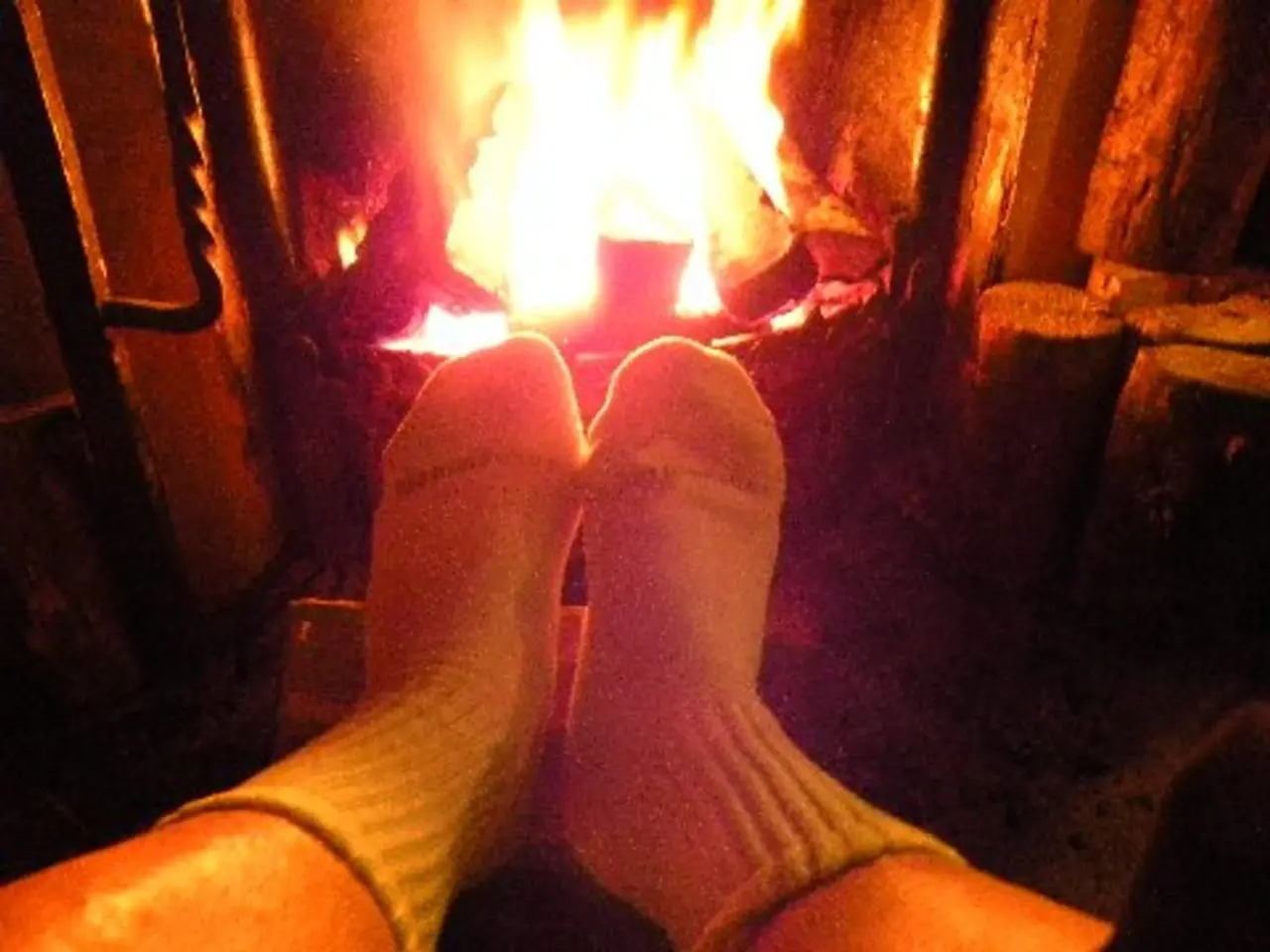Persisting Under-Representation of Women in Leading Tourism Positions Due to Deep-Rooted Systemic Obstacles
The travel and tourism industry is being called upon to take significant strides in promoting gender equality, as outlined in the "Equality in Tourism" report and the Sun, Sand and Ceilings 2025 study. The report presents a 10-step action plan, offering strategic solutions for travel and tourism companies to increase gender diversity and equality in leadership roles.
Key strategies include conducting gender audits to identify inequalities, implementing mentoring and sponsorship programs, setting transparent gender targets, providing leadership and skills training, addressing workplace culture, promoting flexible work policies, ensuring equal pay and career development opportunities, showcasing successful women leaders, embedding gender equality in company values and practices, leveraging data and reporting, and making a commitment to global frameworks, legislation, and work-life balance.
Women are found to influence 82% of travel purchasing decisions, making their representation in leadership roles crucial for understanding customers and creating relevant products and experiences. The report also highlights the value of diverse teams, particularly in the people-centered travel and tourism industry.
Progress has been made in recent years, with board representation improving by 10% over the last seven years and more than doubling since 2013. Segments worst-affected by economic instability and the COVID-19 pandemic, such as aviation and cruise lines, have shown the most progress since 2018, with female representation up 16%.
However, women are still significantly under-represented at board level, taking up only a third (33%) of executive positions, despite making up a majority (54%) of the workforce. The report suggests the removal of barriers to gender equality by promoting work-life balance, an area where all organisations have seen improvements but stagnated in professional associations at around only 30%.
Notable strides have been made by companies such as Ryanair, which has tripled its women directors from two to six, and IAG Airlines Group, which has seen a fivefold increase in women executives, from one to five. However, men still outnumber women at all the companies examined, except for the Holland America Line where the leadership team consists of one woman only.
The report notes that the travel and tourism sector has not met a 50% parity target set in 2018, with three of the 28 tour operators, Audley Travel, DTH, and G Adventures, continuing to be led by all-male boards. The full 10-step plan is available in detail via the Sun, Sand and Ceilings 2025 report.
By applying these comprehensive measures, travel and tourism companies can foster fairer, more inclusive workplaces that empower women and strengthen organizational performance, ultimately leading to a more equitable and prosperous industry.
- The cruise line industry, highlighted in the "Sun, Sand and Ceilings 2025" report, is encouraged to embark on a journey towards gender equality.
- Hotel chains can take a leading role in the tourism industry's adventure towards gender diversity by implementing the 10-step action plan suggested in the "Equality in Tourism" report.
- Enticing women consumers, who influence 82% of travel purchasing decisions, requires a focus on gender equality, especially in leadership roles.
- The travel and tourism sector can leverage diverse teams to offer culturally rich and personalized tourism experiences that cater to a wider audience.
- To foster gender equality, hotels and tour operators may find it beneficial to address their existing workplace cultures by promoting workplace practices that prioritize fairness, flexibility, and wellness for all employees, particularly women.
- By showcasing successful women leaders in the industry, tourism organizations can encourage future generations to pursue careers in the science of travel and leadership, leading to growth in the business sector.
- The clothing and beauty sector, or fashion and beauty, can play a supporting role in promoting gender equality by recognizing and celebrating the accomplishments of women leaders within the tourism industry, thereby promoting a lifestyle of inclusivity and respect.
- In the realm of financial management and corporate strategy, travel and tourism companies must understand that the promotion of gender equality leads to increased organizational performance, a healthier workforce, and overall prosperity for both the industry and its stakeholders.




